It was two days before the Great American Eclipse and I still had no plans. It’s not that I didn’t want to see it; I really, really wanted to see it. In Madison the sun would be 89% eclipsed by the moon, but that was not enough for me. I wanted to see the TOTAL solar eclipse. After all, if I go to a baseball game, I don’t want to leave after seven innings. If I go to a football game, I don’t want to leave during the fourth quarter. As the old saying goes, “close only counts in horse shoes.”
The solution seemed easy, drive south about 375 miles to the path of totality in southern Illinois. There were, however, two concerns. First, when I pulled up weather forecasts for some possible destinations, they all were predicted to be partly cloudy. But, if I drove down to southern Illinois and it was cloudy, I would have at least tried and could always say, “Well, I saw the total eclipse in 2017 in Carbondale, Illinois.” Second, when I looked for motel rooms in those same locations, there either were no rooms or there were extraordinarily expensive rooms. Maybe we could find a reasonably-priced place to stay outside of the path of totality and drive the rest of the way down in the morning.
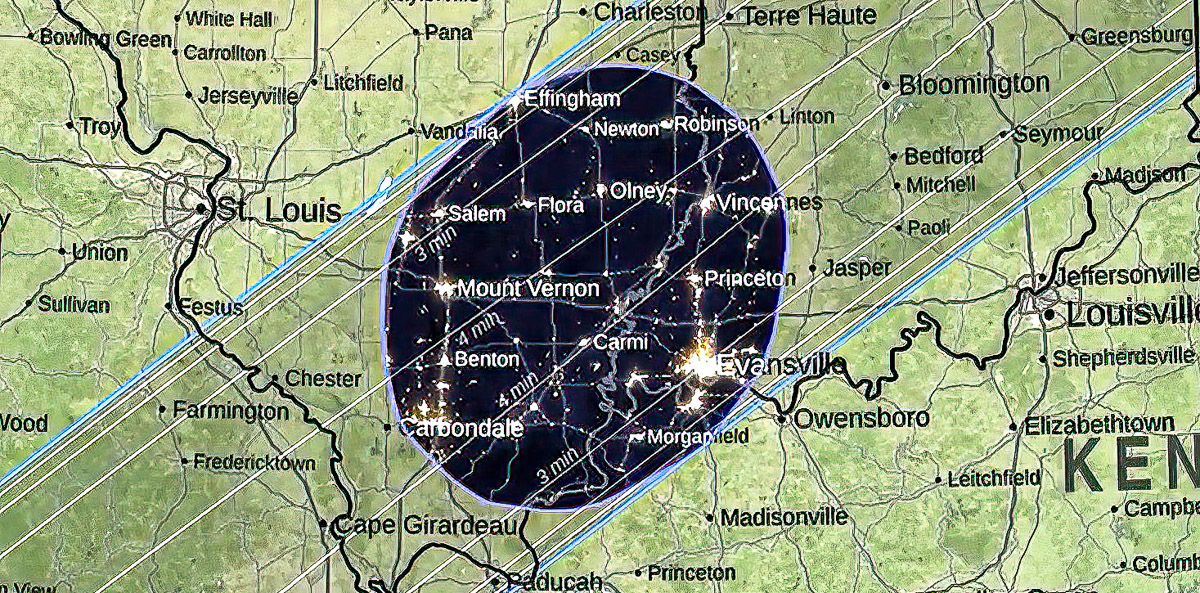
Sometimes luck will intervene and help with your plans. Late Saturday afternoon I was surprised to find an affordable room in Robinson, Illinois. So, with extra enthusiasm, we were ready to hit the road Sunday morning. Kathy was 50/50 on this expedition but decided to join me. She’s my faithful and talented navigator so I was glad she did. Had she not come along, I might have ended up somewhere in West Virginia!
The first picture below summarizes our drive to Robinson. If you’re concerned that it rained that hard all the way, I can assure you that sometimes it rained even harder! Noah might have recognized this weather pattern. After nine, slow, wet hours we finally arrived. Fortunately for us, when the sun rose the next morning it actually came out smiling, as if anticipating its upcoming encounter with the moon.
Mouse over the small photos in galleries to see captions.
Click on any one to enlarge, then use arrows to scroll through the rest of the images.
After breakfast we headed out to look around town and find a place that might work for watching and photographing the eclipse. I’d never heard of the town of Robinson, Illinois, before. For that matter, except for Chicago and Springfield, I’d never heard of most of the towns in Illinois before. But, it really looked like a nice, well-maintained town. There’s a refinery there but there’s also a Hershey chocolate factory, something for everyone.
On a map of the town I had seen a large park, Washington Park, so we drove over there to check it out. It’s a very beautiful park with a narrow, winding, tree-lined stream flowing along a quiet walking path. There’s a golf course, tennis courts, exercise equipment, and quite a few deer running around. Due to the recent heavy rain, the open grassy areas were very wet and standing water was visible in the low areas. It didn’t seem like a good idea to set up my tripod in such a wet area, but six empty tennis courts looked very inviting. So, that’s the spot we selected. We were joined there by eight friendly people, some from Minnesota and some from Illinois. Despite a full round of introductions, I regret to say that I have forgotten their names, probably because I was constantly checking the data shown below and looking into my solar-filter equipped camera.
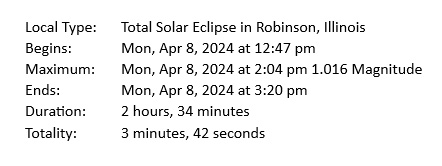
I finally spotted the moon starting to cross over the sun, told everybody to look at the lower right edge, and took my first photograph. It was 12:48:19 PM. The lens on my camera was only 280 mm so I was pleased to have seen it so soon. After that the interest in the viewers increased as the disk of the sun decreased.

Although the vast majority of the sun’s disk was covered, it was still very light out. Eventually the final sliver disappeared and, as if by magic, the sky darkened considerably and the totally black disk of the sun was surrounded by the beautiful dancing corona. This is what you will not see in a partial eclipse, even if it’s 95% or more. This only shows up when the final ray of sunlight is covered by the moon.

The corona danced around like hair on a breezy day. In some places, like at 3 o’clock and 7 o’clock in the 2:06:00 PM photo below, plasma could be seen erupting from the surface of the sun. Abandoning my camera for a while, I stood and just stared up at this incredible celestial event. I doubt that I held my breath for 3 minutes and 42 seconds, but I did stand quite still for a while. It’s amazing that these two spheres of enormously different sizes are located in the heavens such that, from the earth, their disks are exactly the same size.
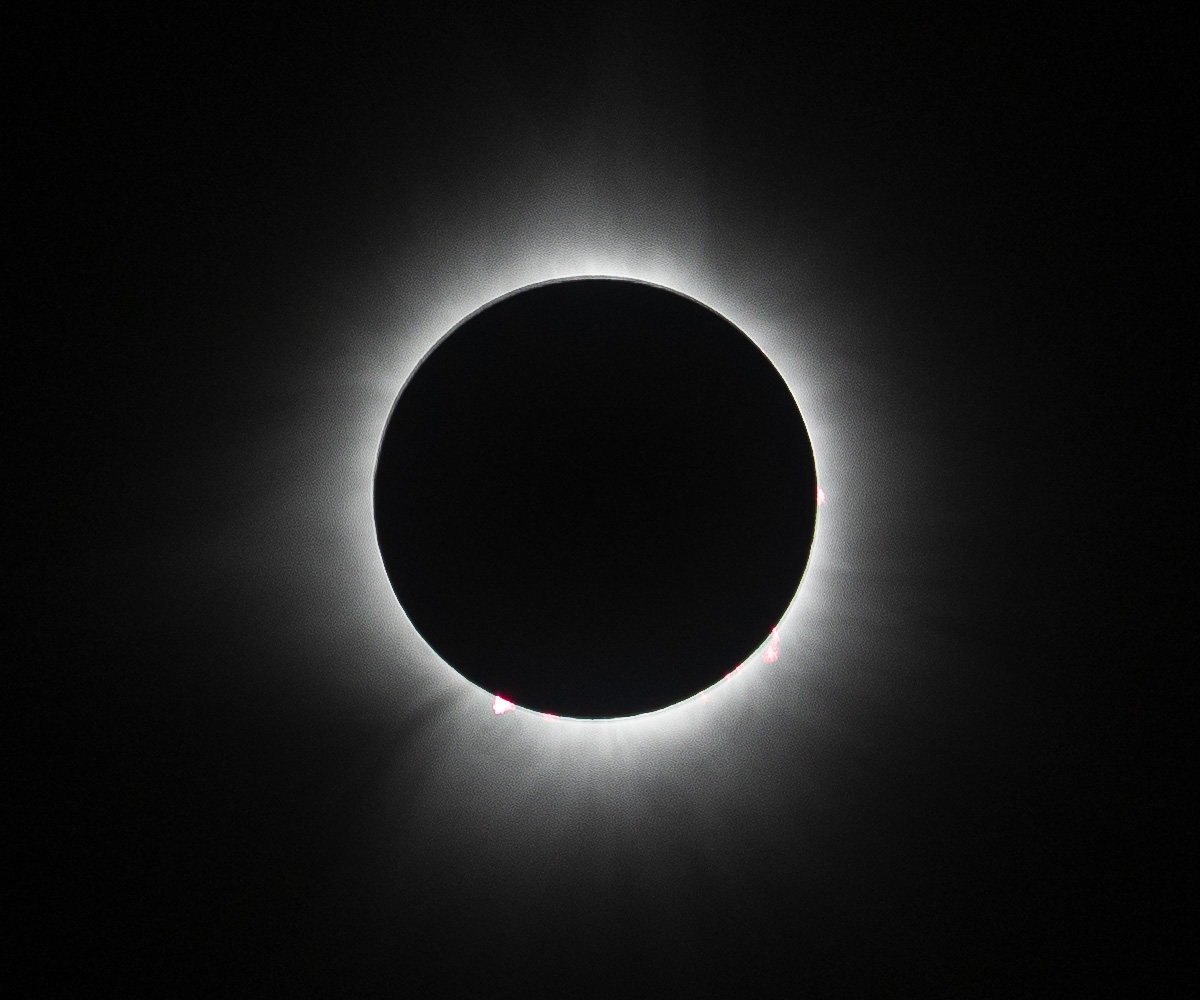
When the brief period to totality ended, our friendly fellow eclipse watchers passed around glasses of champagne and beer — I think it was Corona beer — and we drank a toast to the solar-lunar partnership that generated this eclipse. The distraction of totality caused me to miss catching the diamond ring at the end, but I did get it as the diamond appeared to be exploding.
Most of the people in Washington Park started to pack up and leave as the sun emerged. But Kathy knew that I didn’t drive for nine hours to see only the 3 minute and 42 second period of totality. We stayed for the full event.

It was very nice to have witnessed such a rare “once-in-a-lifetime event” twice in seven years.
A few extra credit things. They won’t be on the quiz.
1. Solar eclipses are not rare, once-in-a-lifetime events. According to astronomy.com, “On average, 2.38 solar eclipses of one kind or another [partial, annular, or total] occur each year. There must be at least two per year, but there can’t be more than five.” What’s rare is how frequently they might occur in the same place. I saw two in Illinois in only seven years, but there hasn’t been one in Wisconsin since June 30, 1954 and there won’t be another until September 14, 2099.
If I live until 104 and still like to travel, I could watch the following ten total solar eclipses:
August 12, 2026: Iceland and Spain,
August 2, 2027: Morocco, Tunisia, Egypt,
July 22, 2028: Australia and New Zealand,
November 25, 2030: Namibia, Botswana, and South Africa,
September 2, 2035: China and Japan,
April 20, 2042: Indonesia, Malaysia, and the Philippines,
August 23, 2044: Canada and the U.S.,
August 12, 2045: The U.S., Caribbean, and Brazil,
December 5, 2048: Chile and Argentina, and
March 30, 2052: Mexico and the U.S.
2. If you prefer to watch a slide show of eclipse, here it is:
3. I don’t have very fancy gear for photographing events like this. If you’re curious, this is what I used:
Canon R6 Mark II camera body
Canon 70 – 200 mm f/4 lens
Canon 1.4x tele-extender
MrStarguy Adjustable Objective Solar Filter
Manfrotto 190CX PRO4 carbon fiber tripod
I used an exposure of ISO 100, f/8, 1/500 second
Because of the short lens, the eclipse photos are all cropped.
The time between my first and last eclipse photos was 2 hours and 32 minutes, and the time between my first and last photos of totality was 3 minutes and 30 seconds.
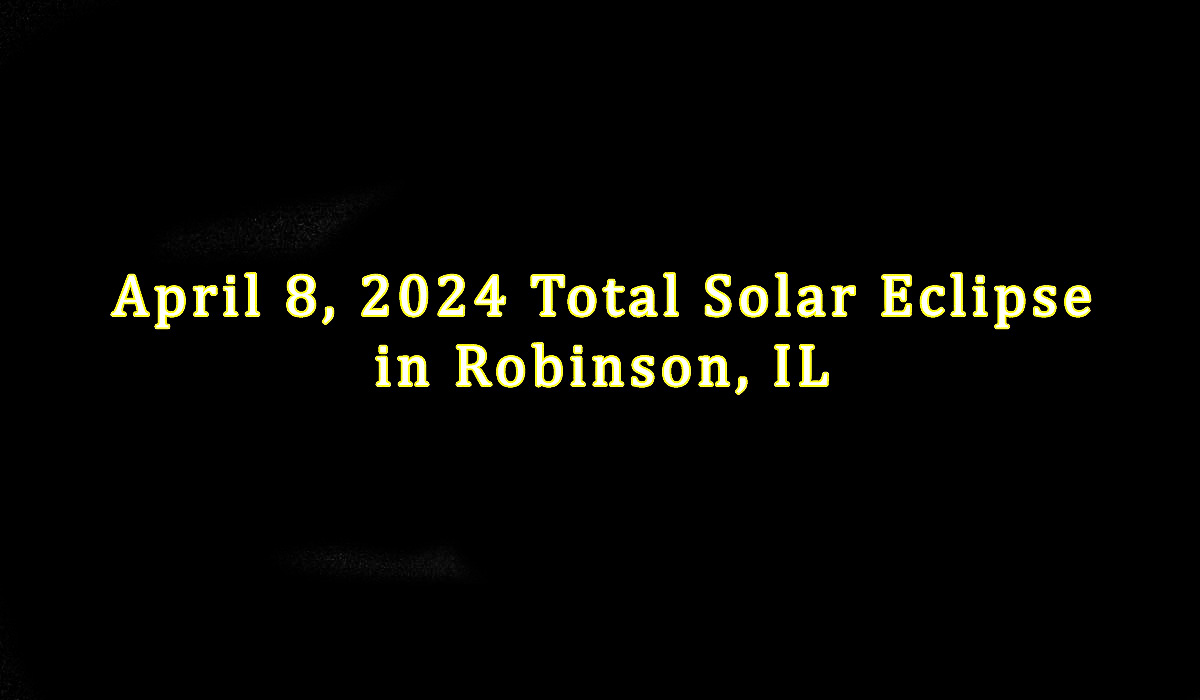
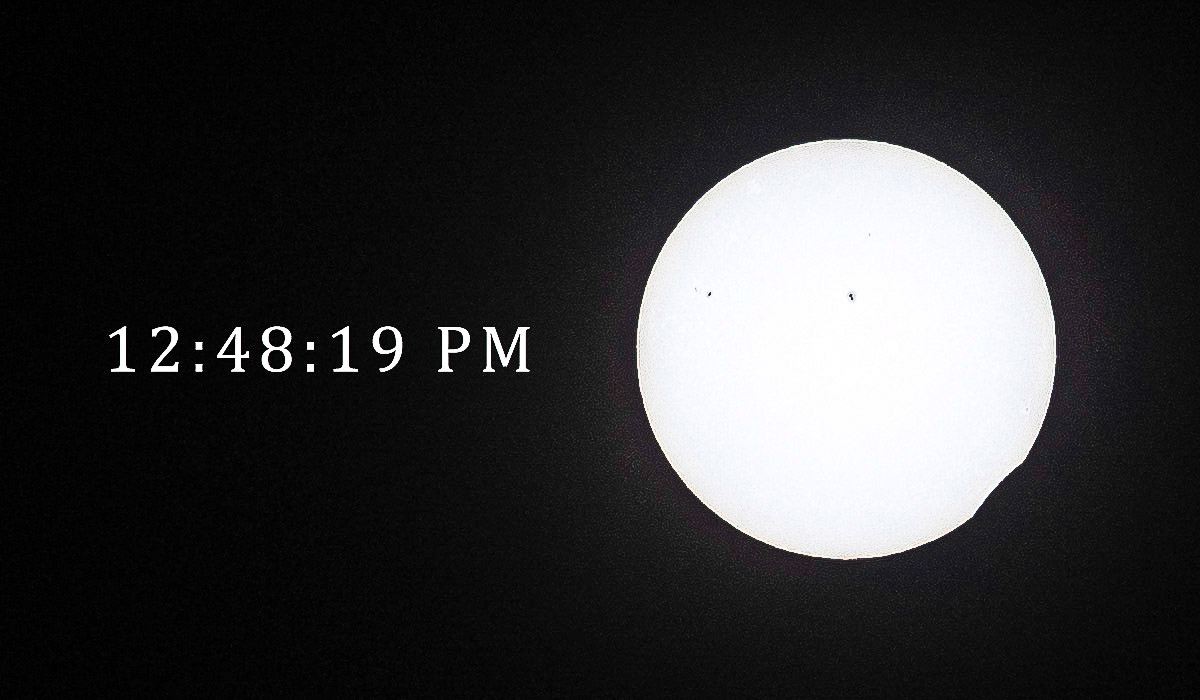
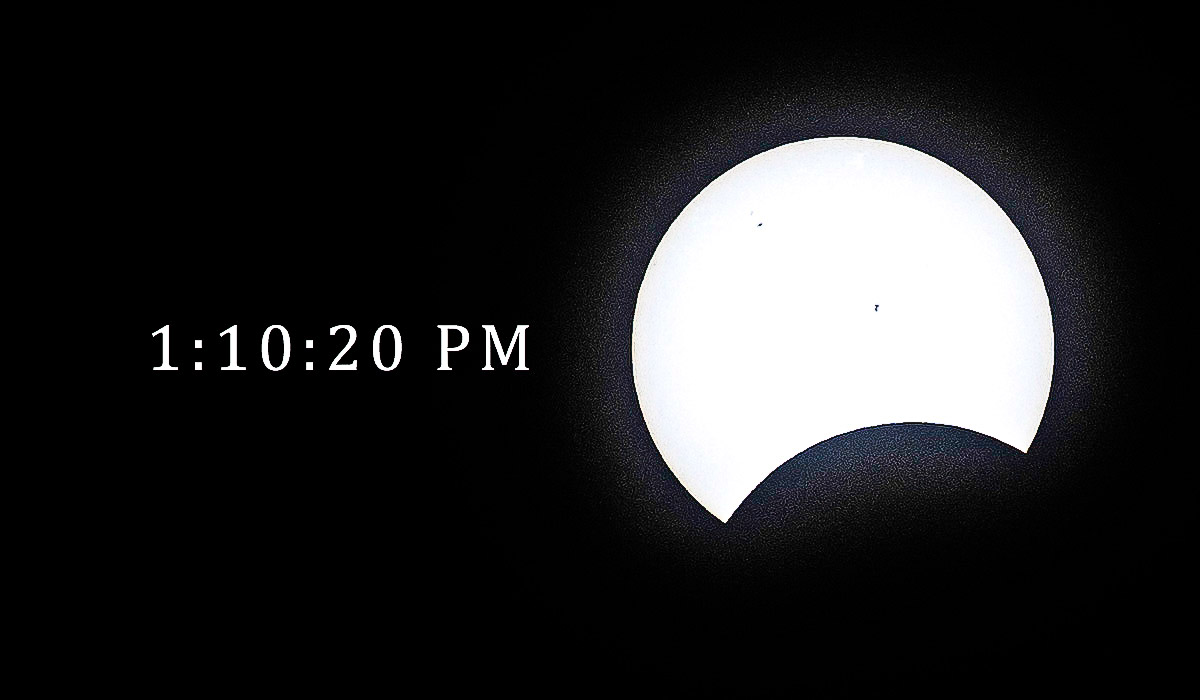
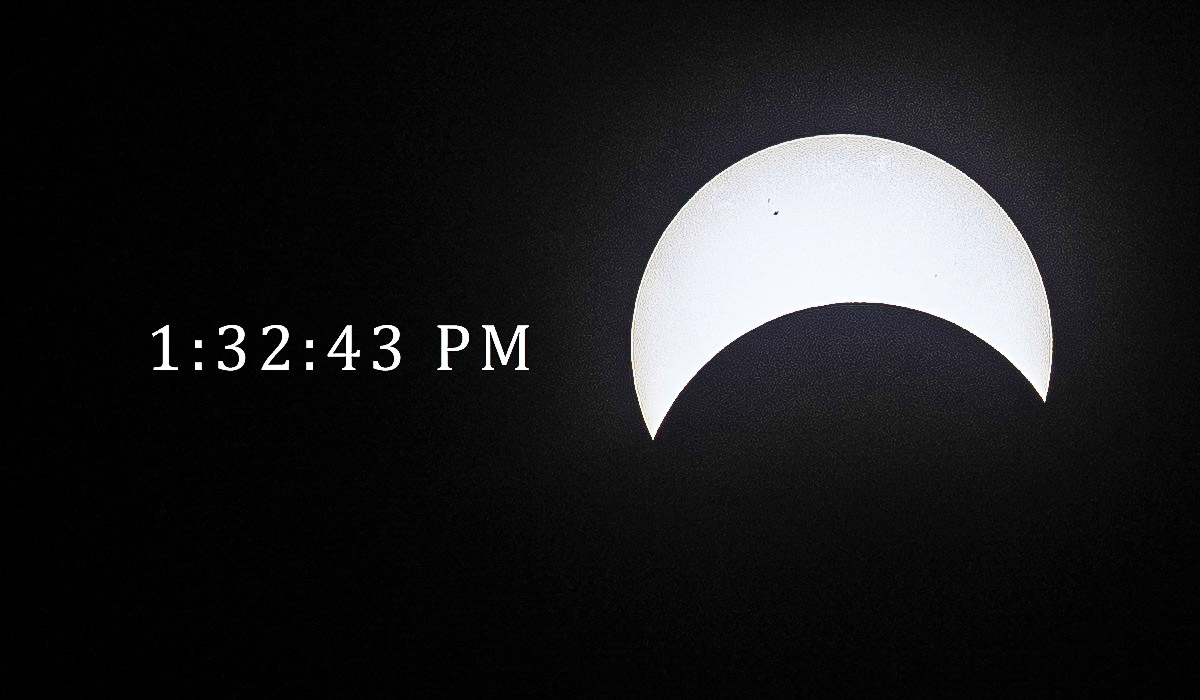
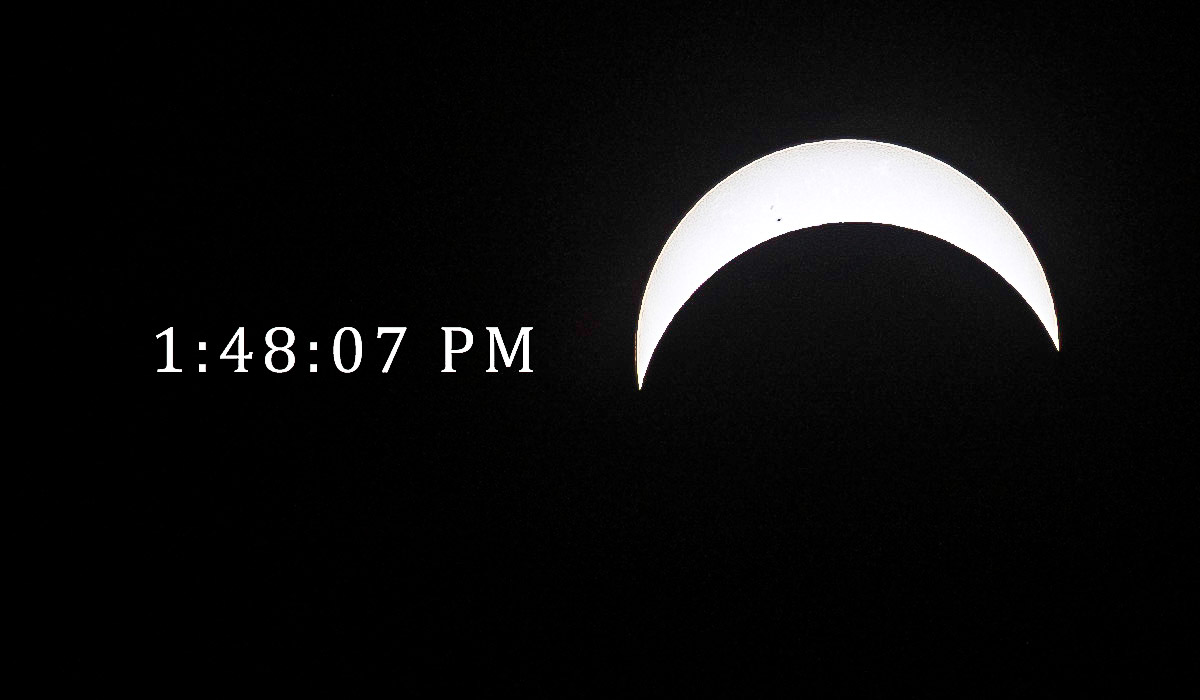
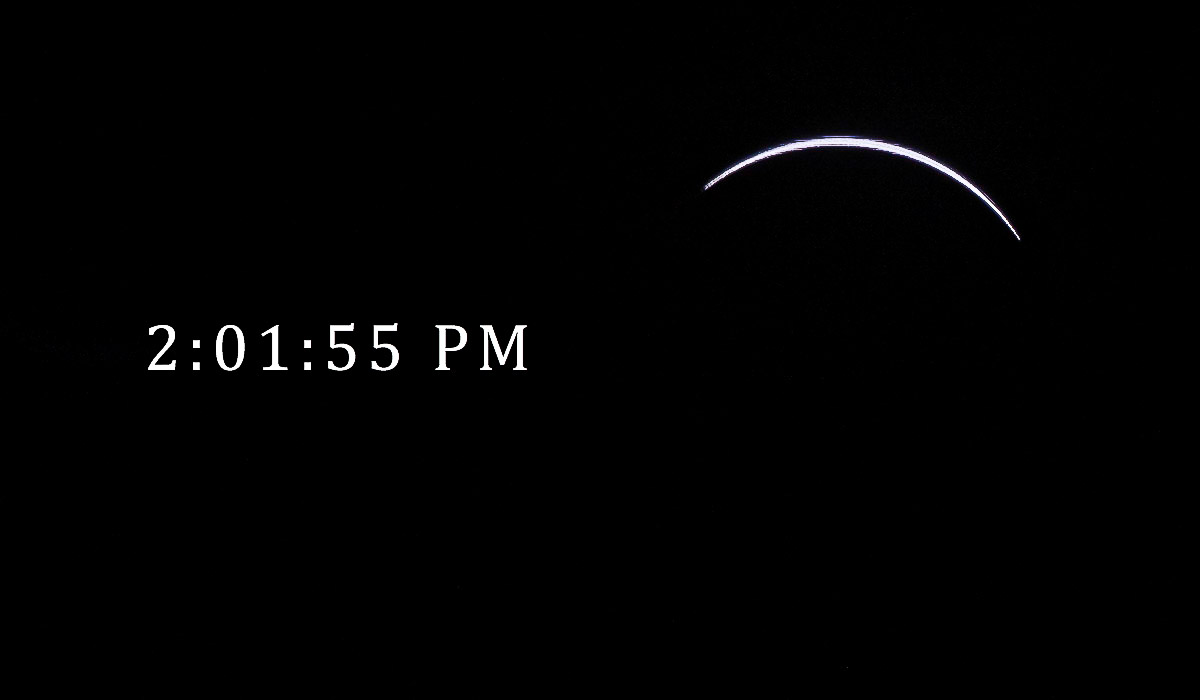
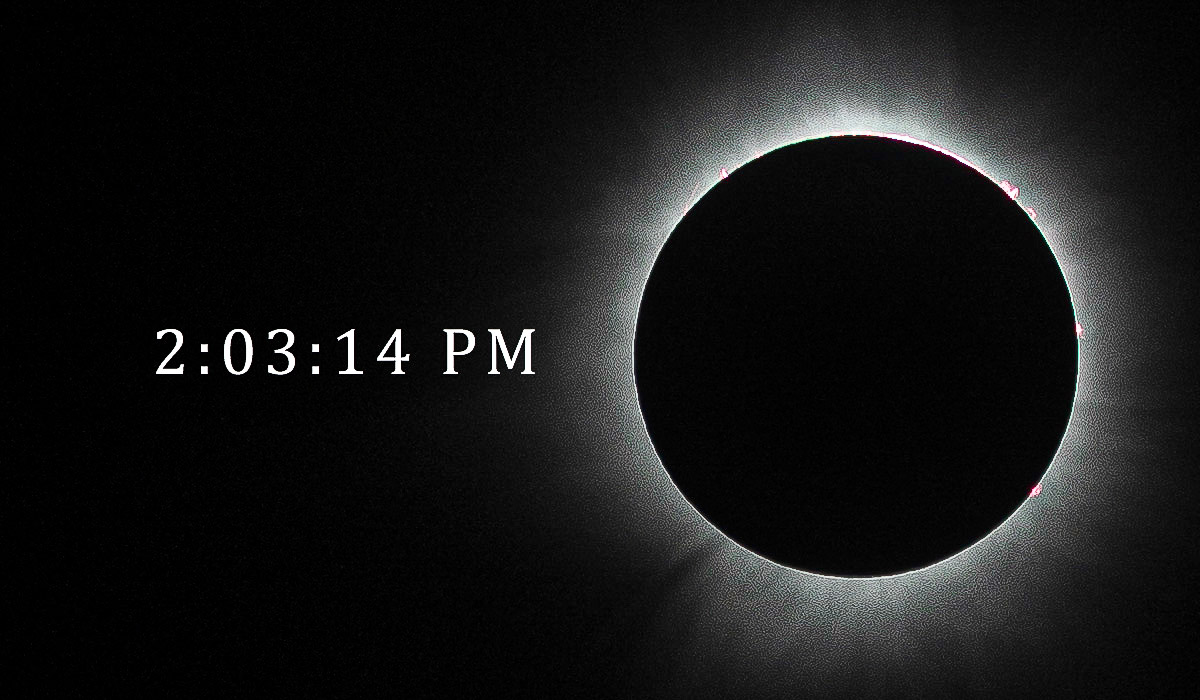
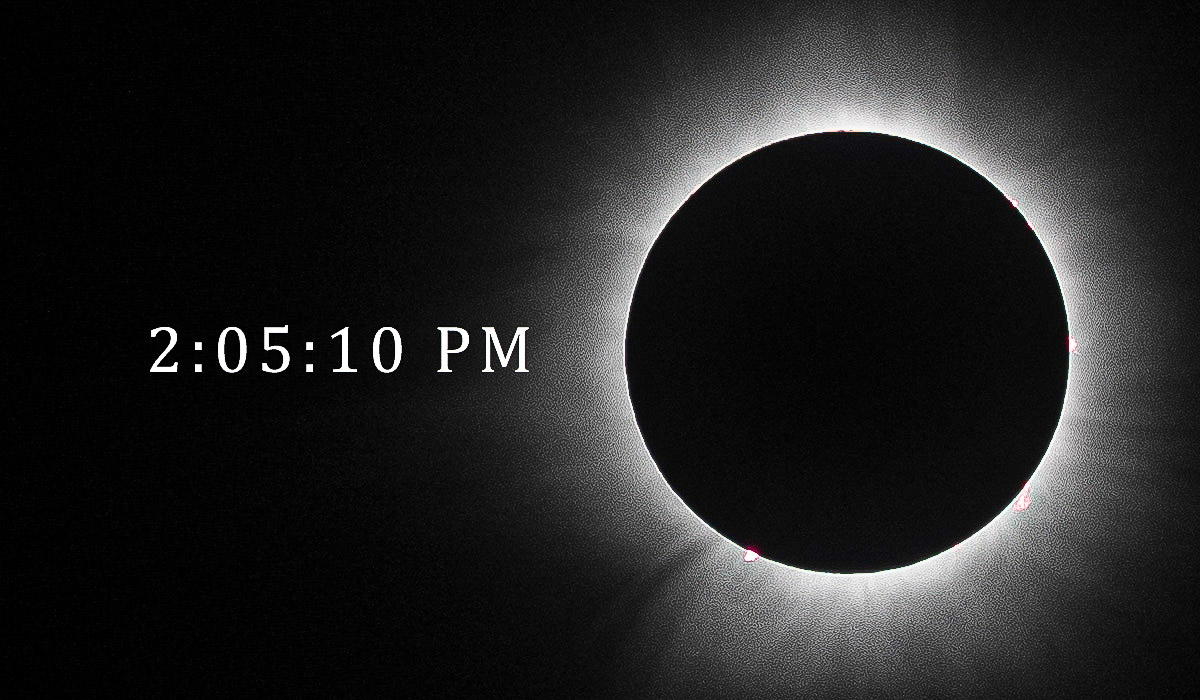
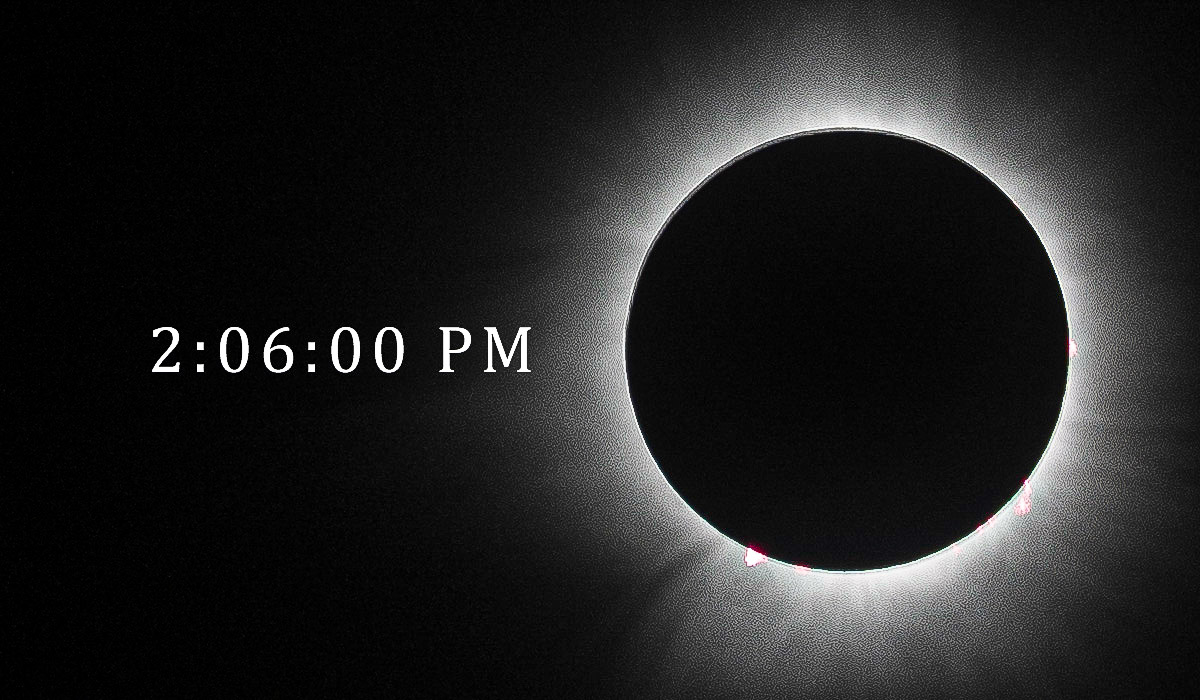
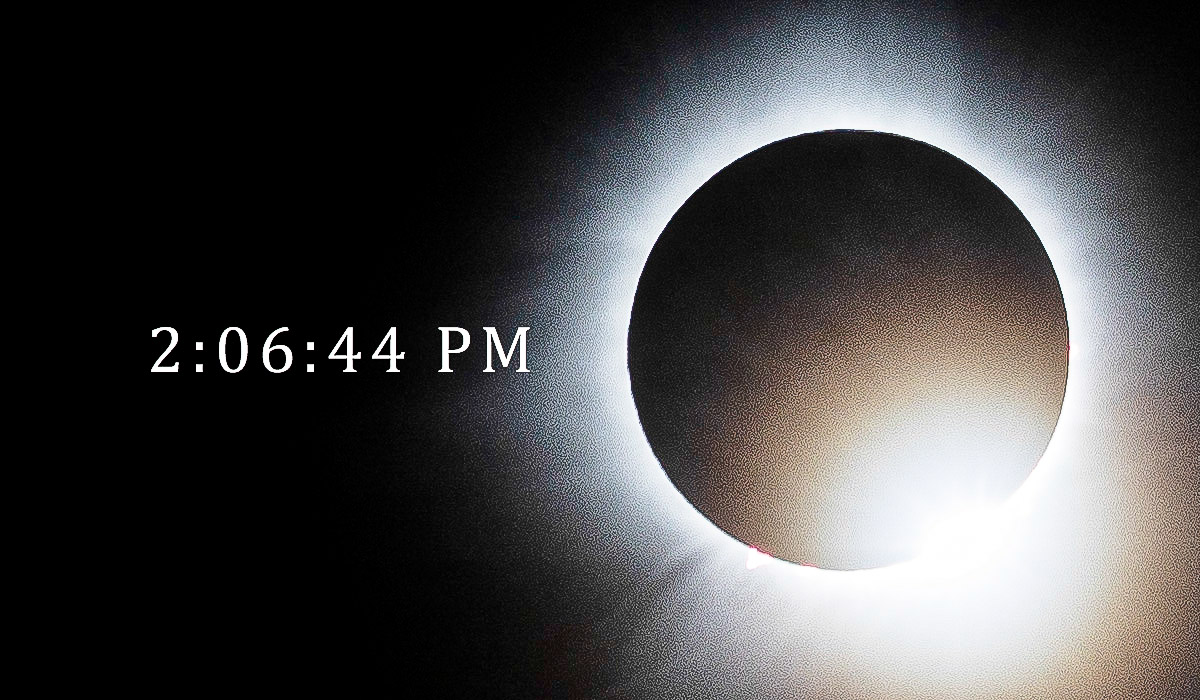
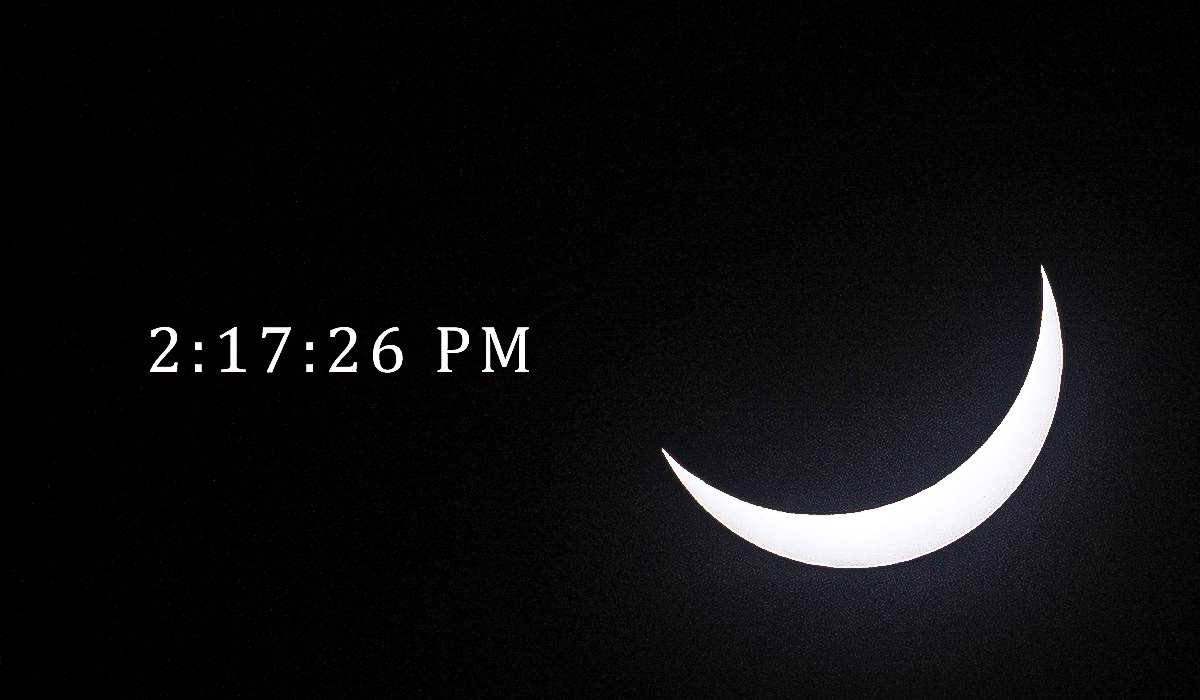
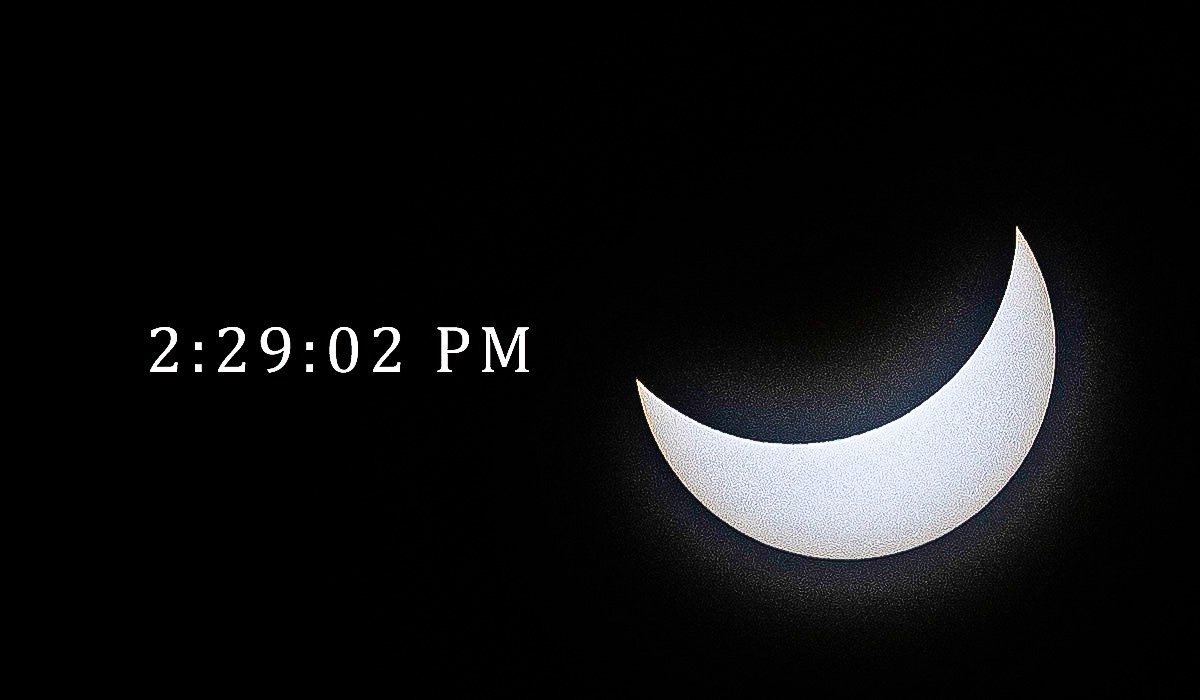
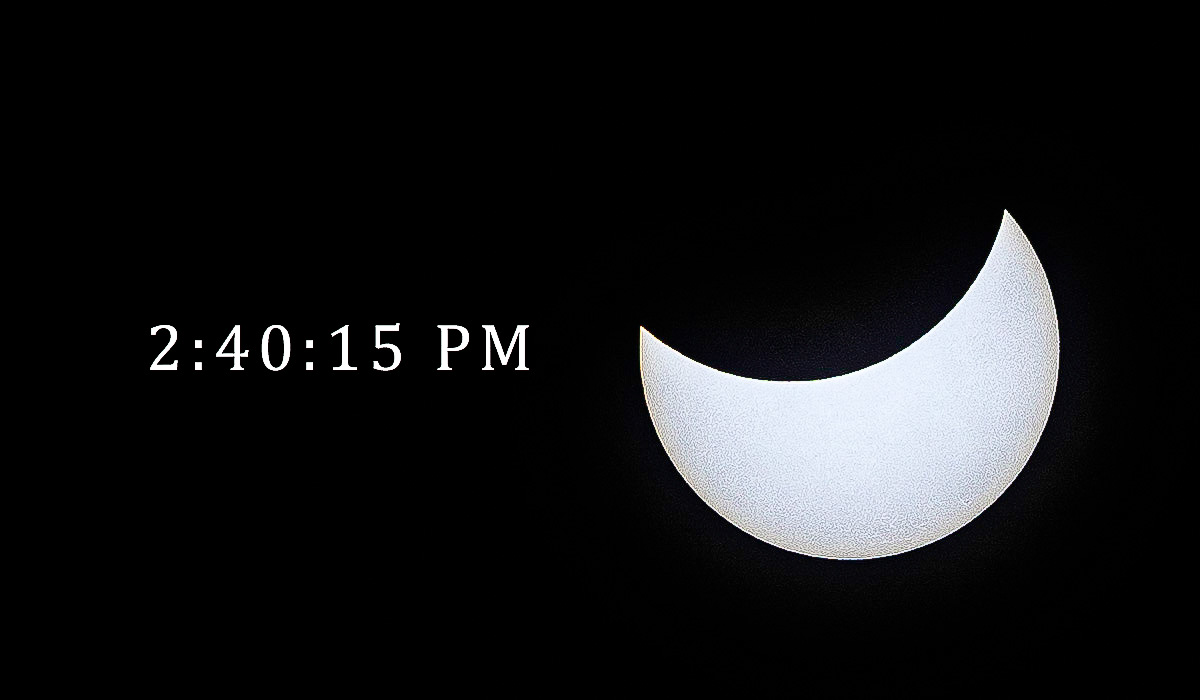
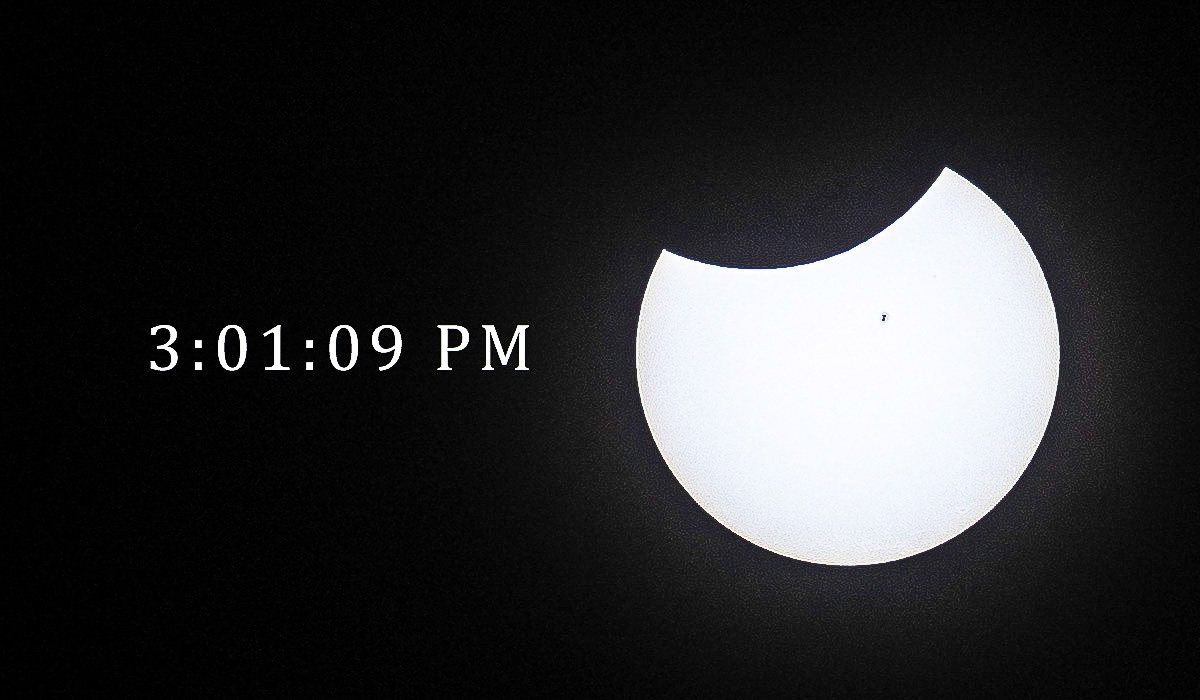
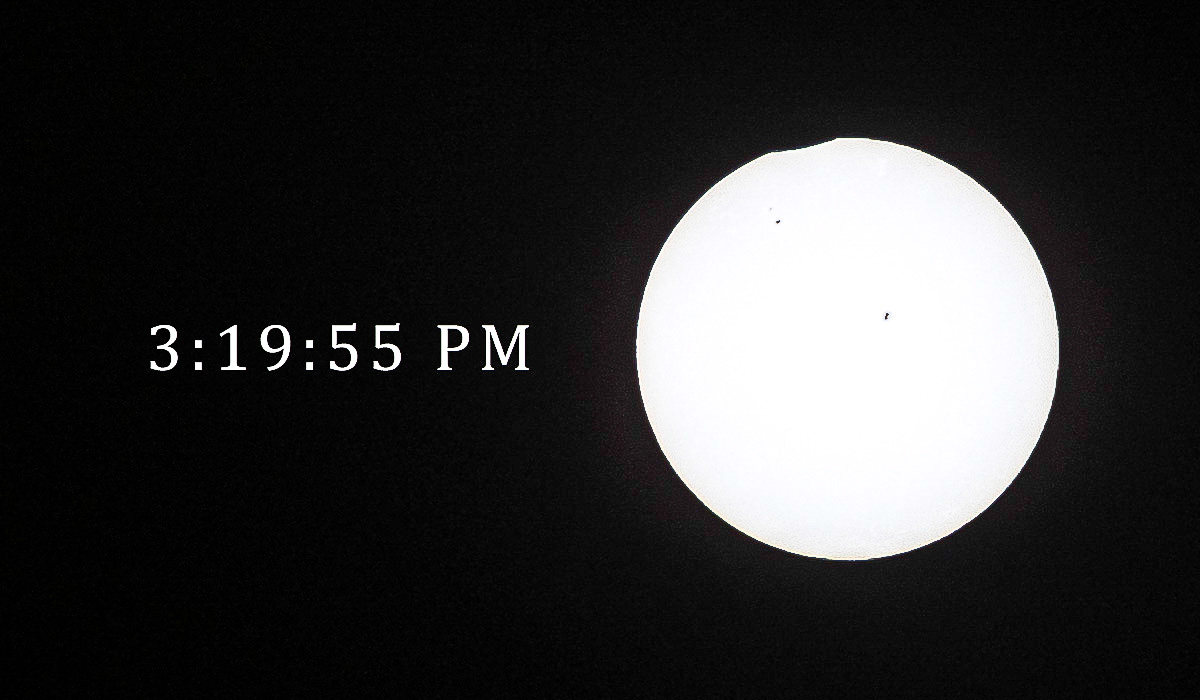

Marie
15 Apr 2024Awesome, Mike!! Thanks for sharing. I love all your commentary!! Marie
mranderson
20 May 2024Thanks, Marie! We had a great time and the weather also turned out great.